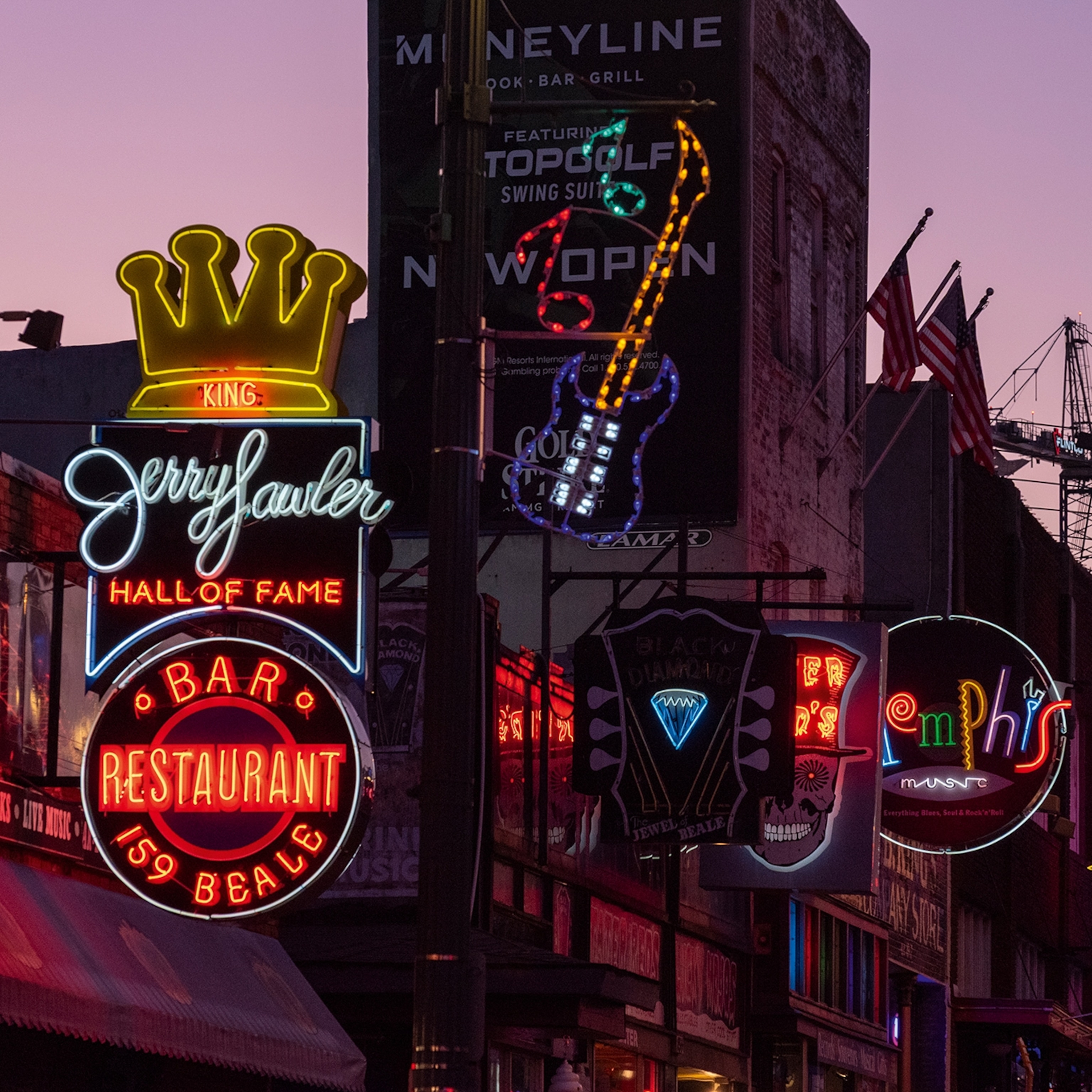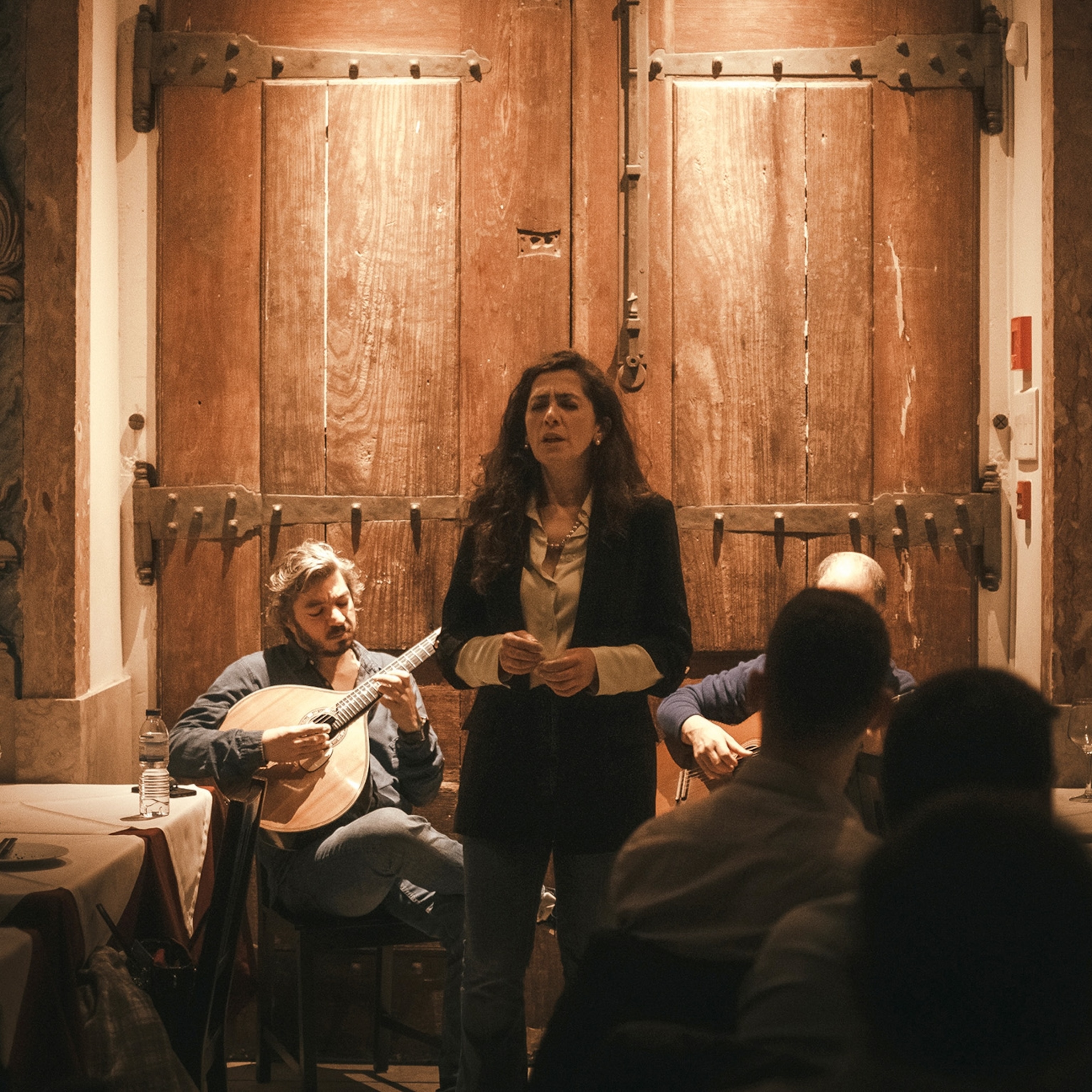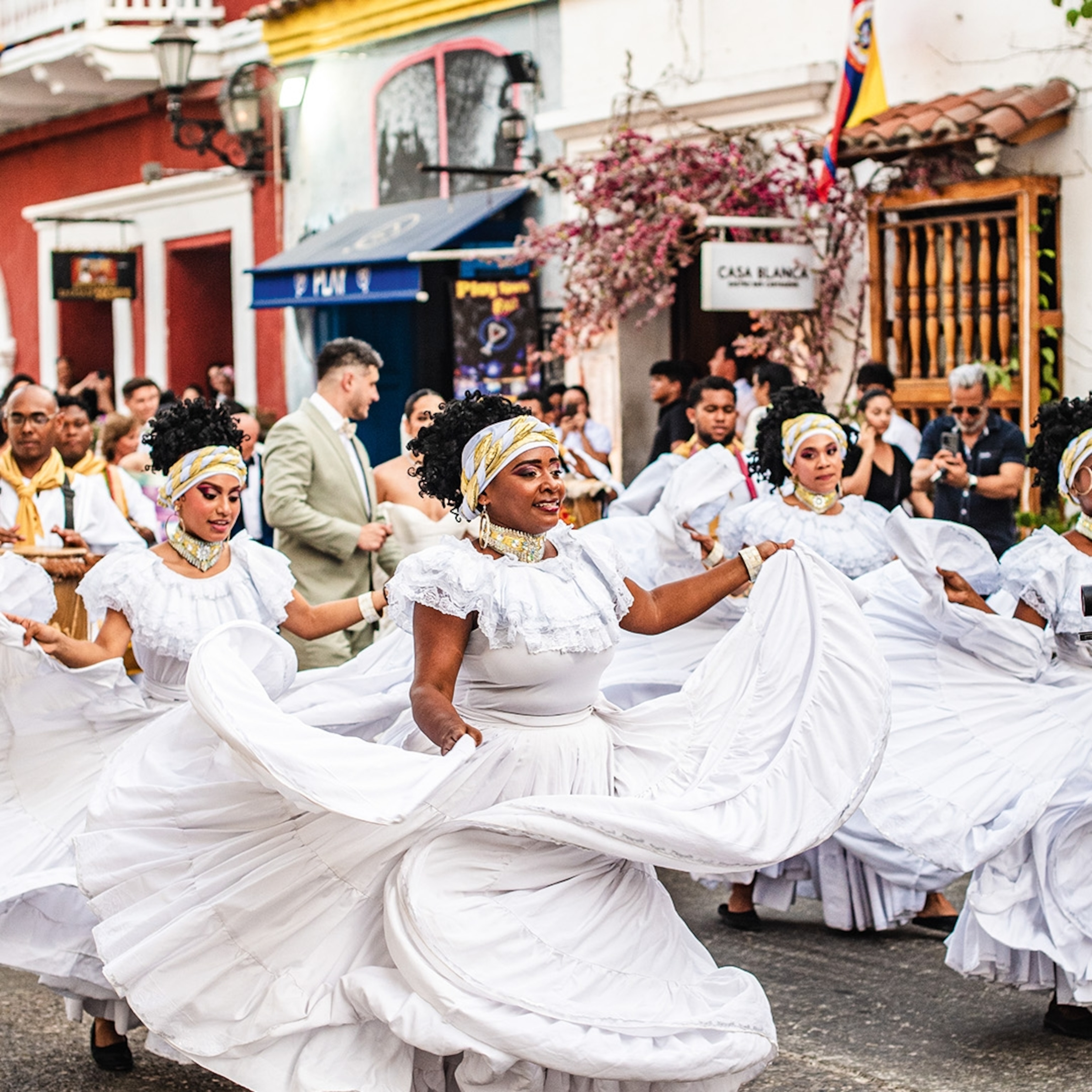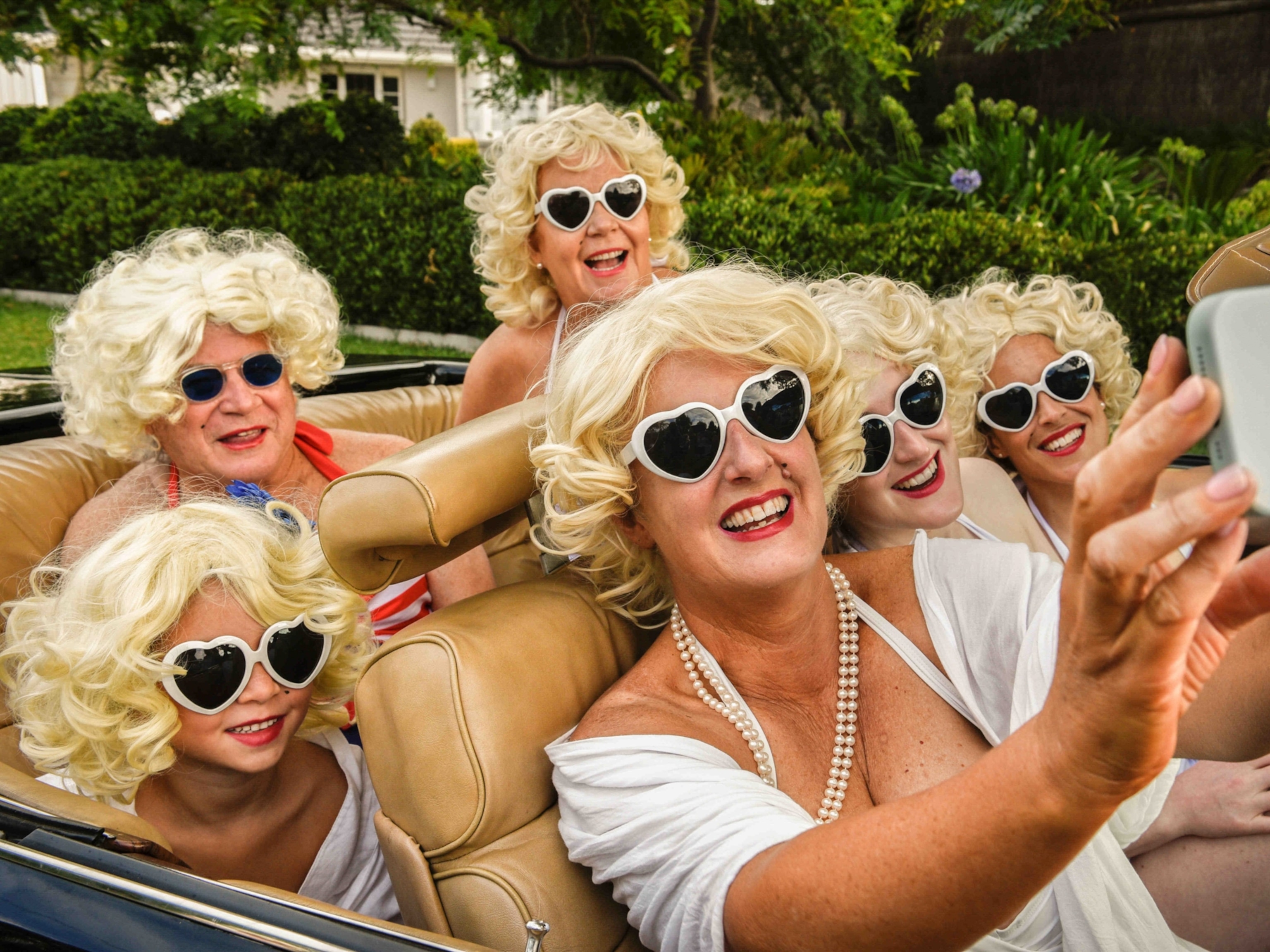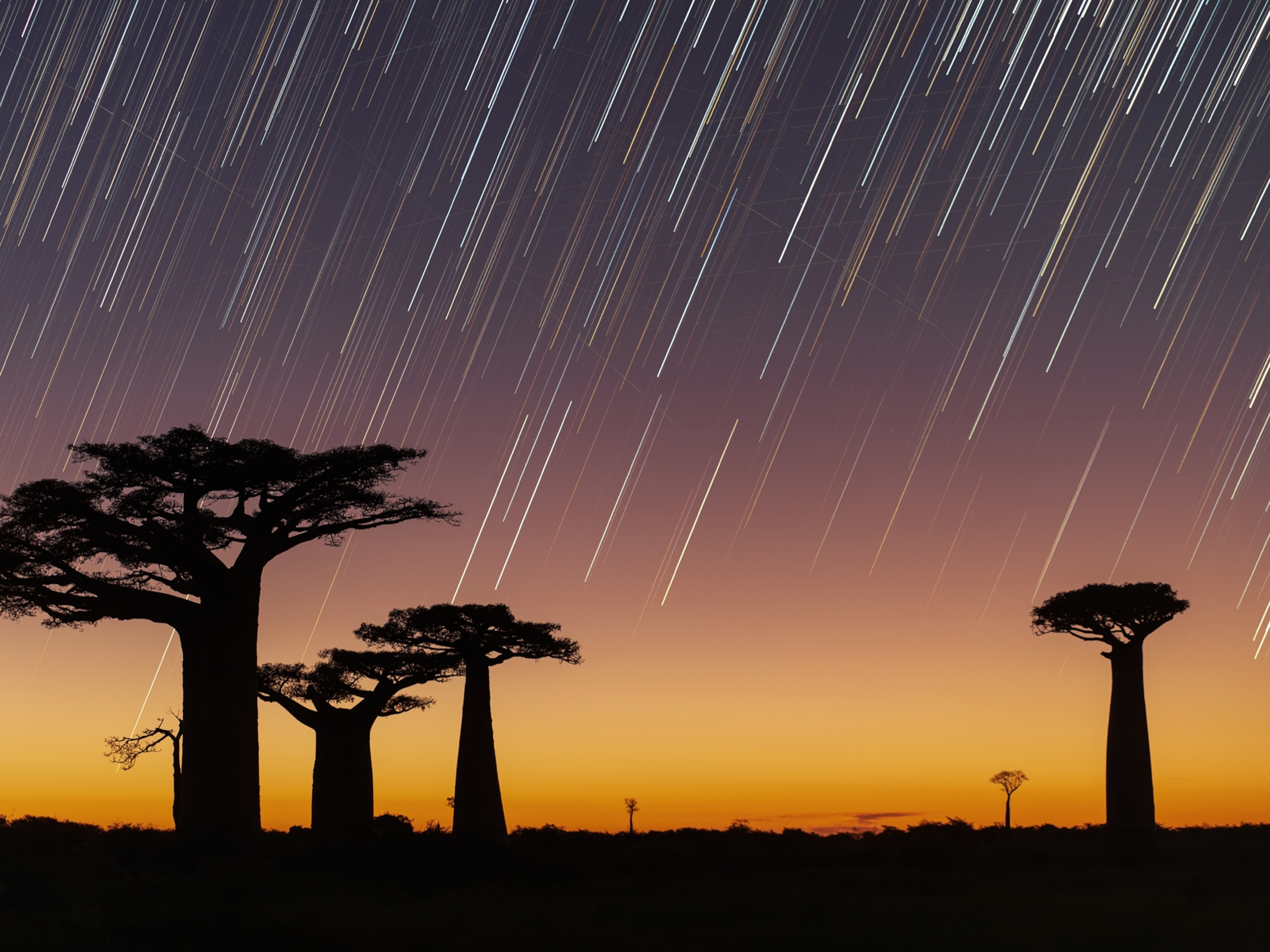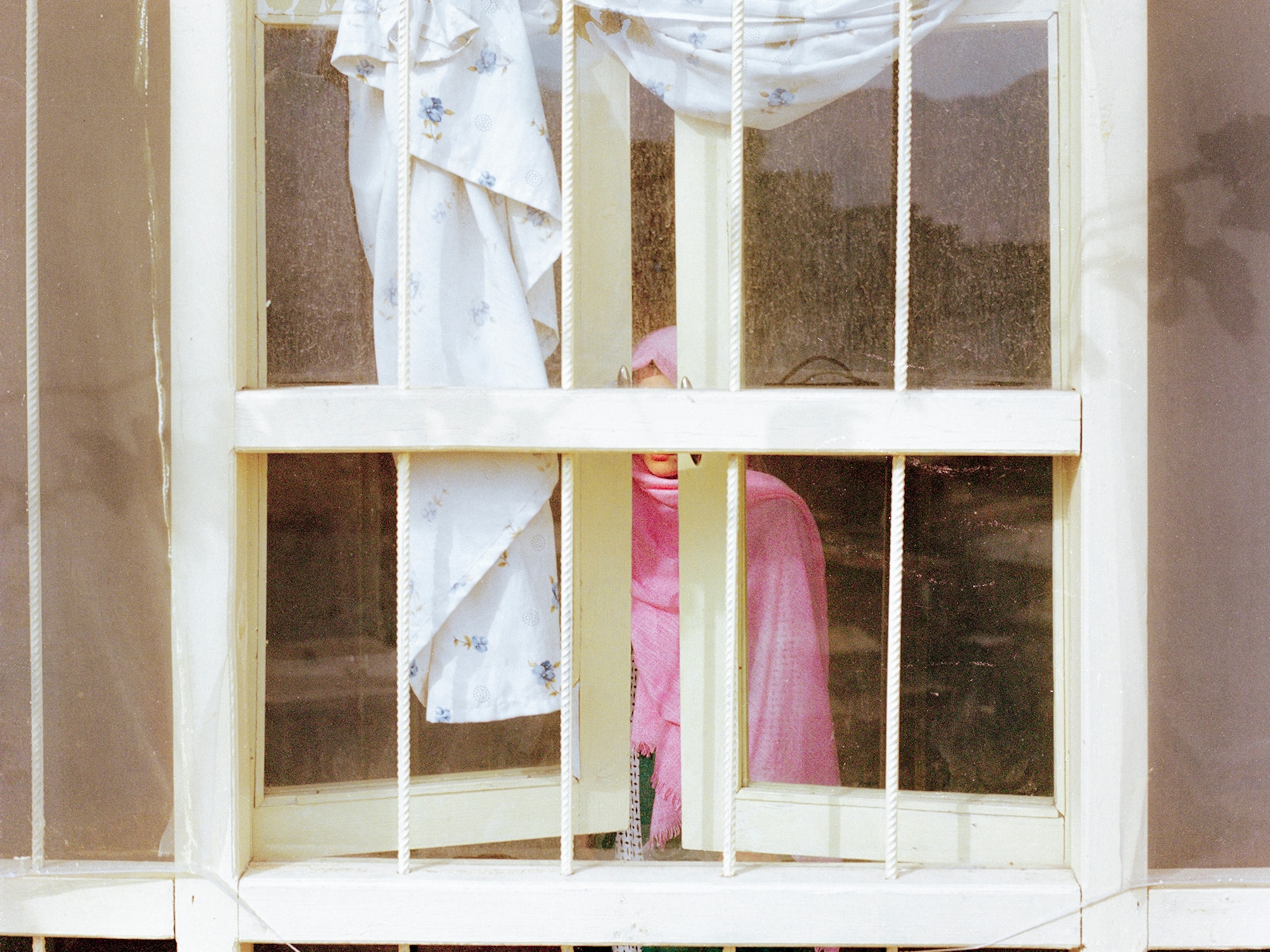
Heartfelt Honky Tonk
Henry Horenstein received the following advice in the first years of his photography career: “Photograph what you love.”
Those instrumental words came from his teacher at the time, the renowned photographer Harry Callahan, whom Horenstein studied under at Rhode Island School of Design in the early 1970s. “I wonder if he was saying it as kind of a joke, but I’ve taken it as my lifelong mantra. Even if you don’t take good pictures, you’ll have a good time,” says Horenstein.

And what did he love? Country music. “I bought my first album ever when I was eight. It was Johnny Cash Sings Hank Williams from Sun Records.” Horenstein purchased the record from a shop in his hometown of New Bedford, Massachusetts for one dollar. “The store owner, who was a real nice lady I got to know, probably gave me a break on the price,” he recalls.
It seems unlikely that a Massachusetts native would be a diehard Country fan at such a young age, but Horenstein grew up in a time when radio, the main medium for listening to music, was less compartmentalized than it is today. “It was all AM, so no FM. The pop stations played everything—rhythm and blues, pop music, there wasn’t the distinction made on the radio. You might get Frank Sinatra, then Patsy Cline, Johnny Cash. I knew all this music, but I didn’t know it as Country music, just music I liked.” As he grew up, his interests in the genre evolved. “ I later studied history, and I think my interest in Country music was in the narrative, the folk songs,” Horenstein says.
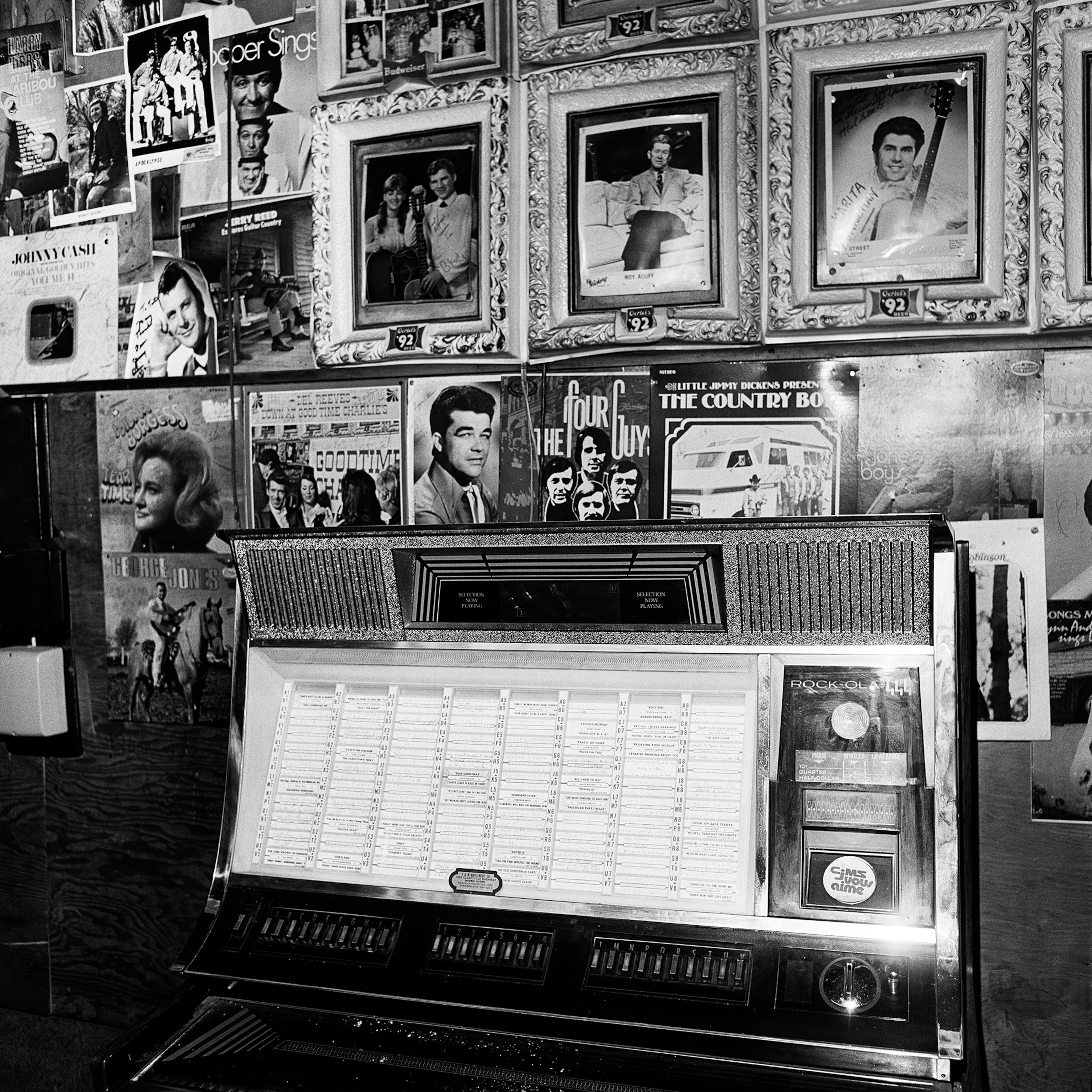
Michael McCall, one of the curators of Country: Portraits of an American Sound, an exhibition on view at the Annenberg Space for Photography, which features Horenstein’s work along with nine other Country music photographers, explains that Horenstein’s photos of the 1970s Country scene, a body of work Horenstein calls Honky Tonk, reveal, “the rough side, the working class people who were dancing in the bars.“ That was Horenstein’s specialty and, nowadays it’s a record of days gone by. His images are “snapshots of a time that doesn’t really exist anymore. People would go out at night and sort of lose their troubles in the music and dancing,” says McCall.
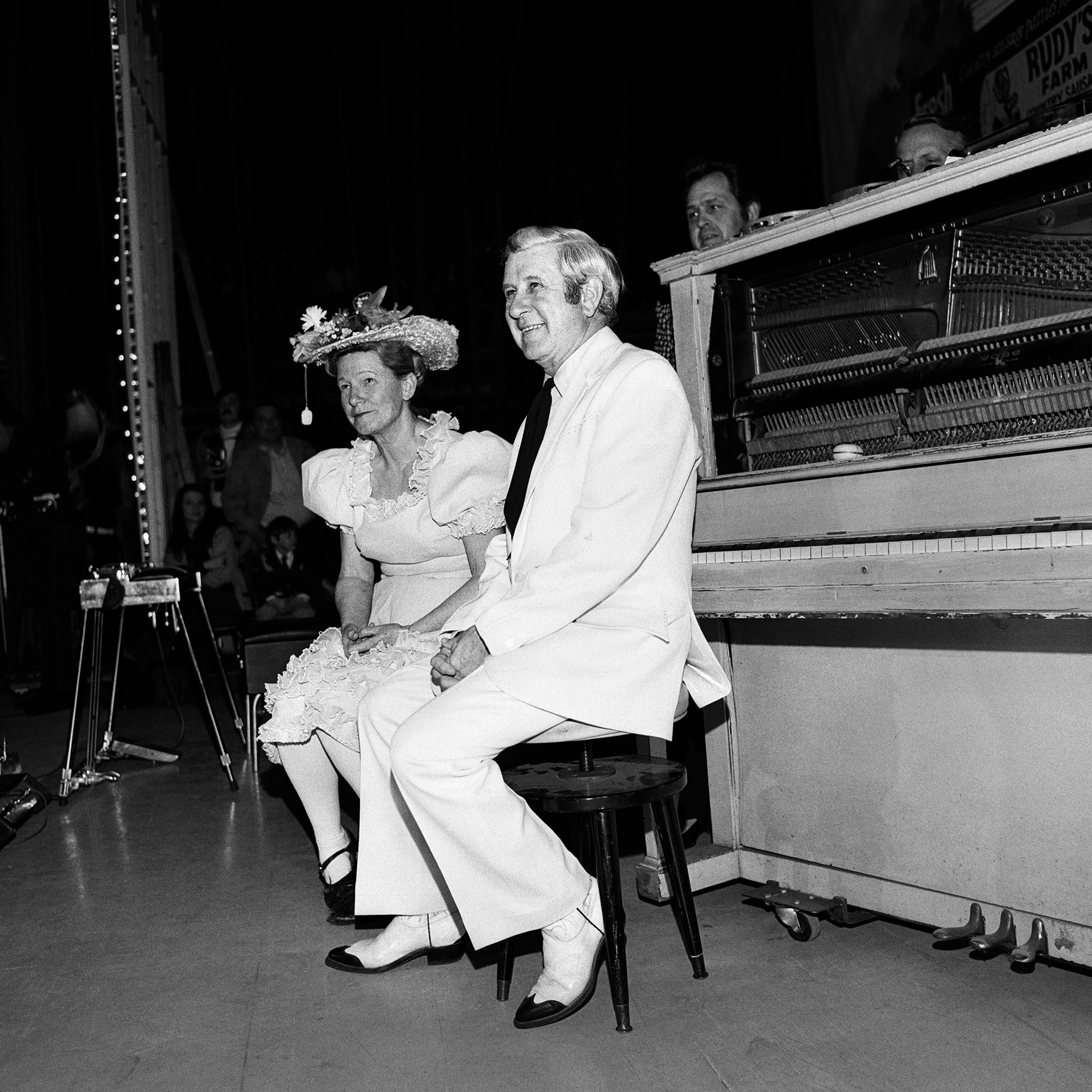
Horenstein agrees that the Country scene has changed. “The audience today for Country music is more of a suburban audience, but we’re not a rural country anymore. So the music reflects a lot of demographic changes, I think. The world changes and the music changes with it.”
He explains that with with a rise in Country’s popularity comes a more polished persona. “It’s such a successful genre today the marketing people have more to say about the music than ever before because there’s a lot more money involved. I don’t think Country music singers of the ‘70s were all great, I’d never argue that, but I think they were more heartfelt because no one got in the way. Well I shouldn’t say no one got in the way [then], but now you have committees and consultants deciding what to say, so it’s not as much from the heart. Success often brings that in any field. What made any innovation great? It’s usually one person making innovations and decisions and whenever more people step in it kind of gets in the way. I think that’s what happens to music.”
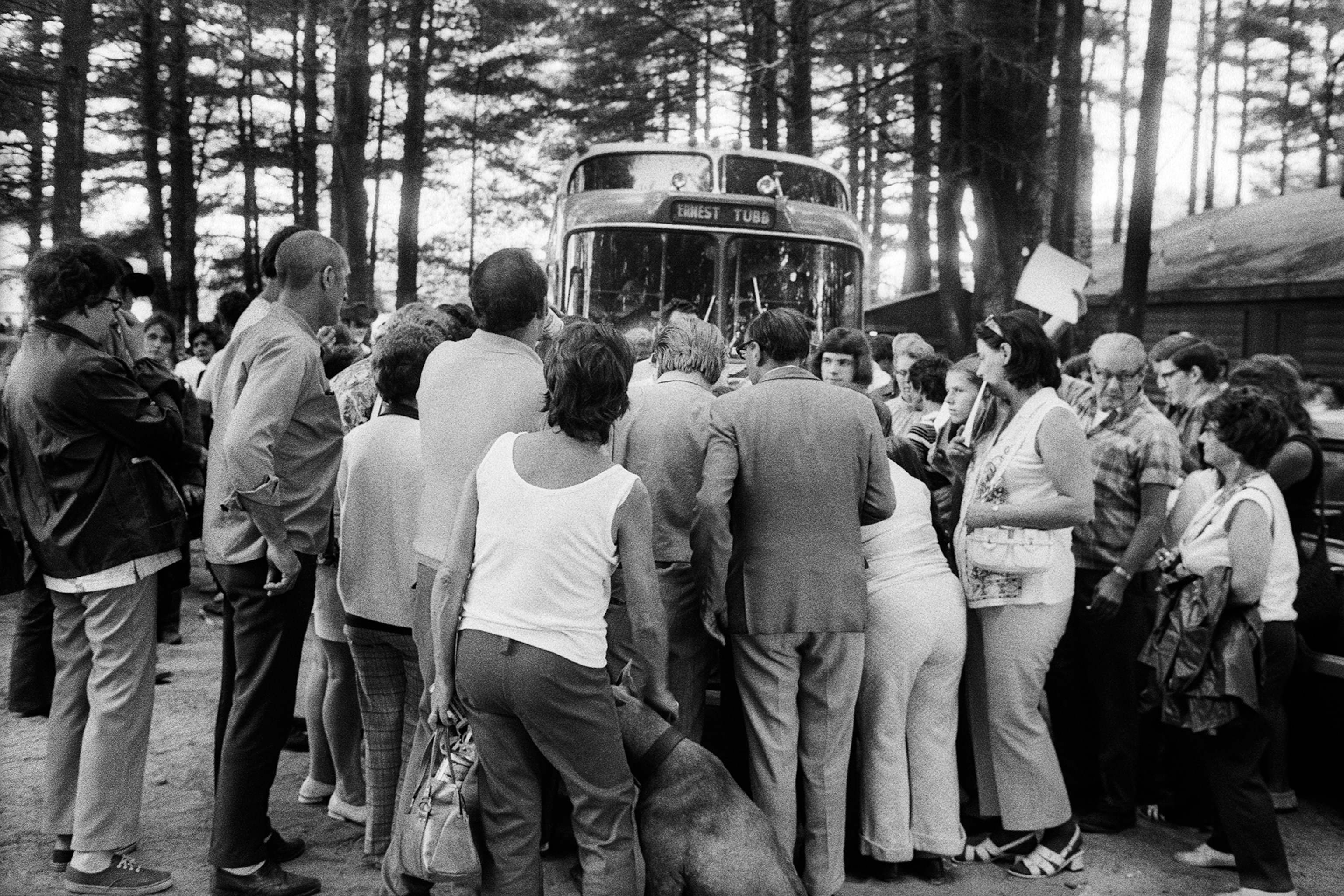
But the outward-facing appearance of Country is not a new consideration. “At one point in Country music, no matter who you were, you were sort of expected to dress in overalls or straw hats. And then it goes through another phase where even the most country guys were dressing up in suits, and putting on cowboy hats and cowboy boots. Someone like Hank Williams who came from being dirt poor in backwoods Alabama, in a matter of years he was dressing in the nicest suit you can buy and going on stage and singing Country songs. In the ‘60s it was a little more ragged because the culture infiltrated Country music,” says McCall.
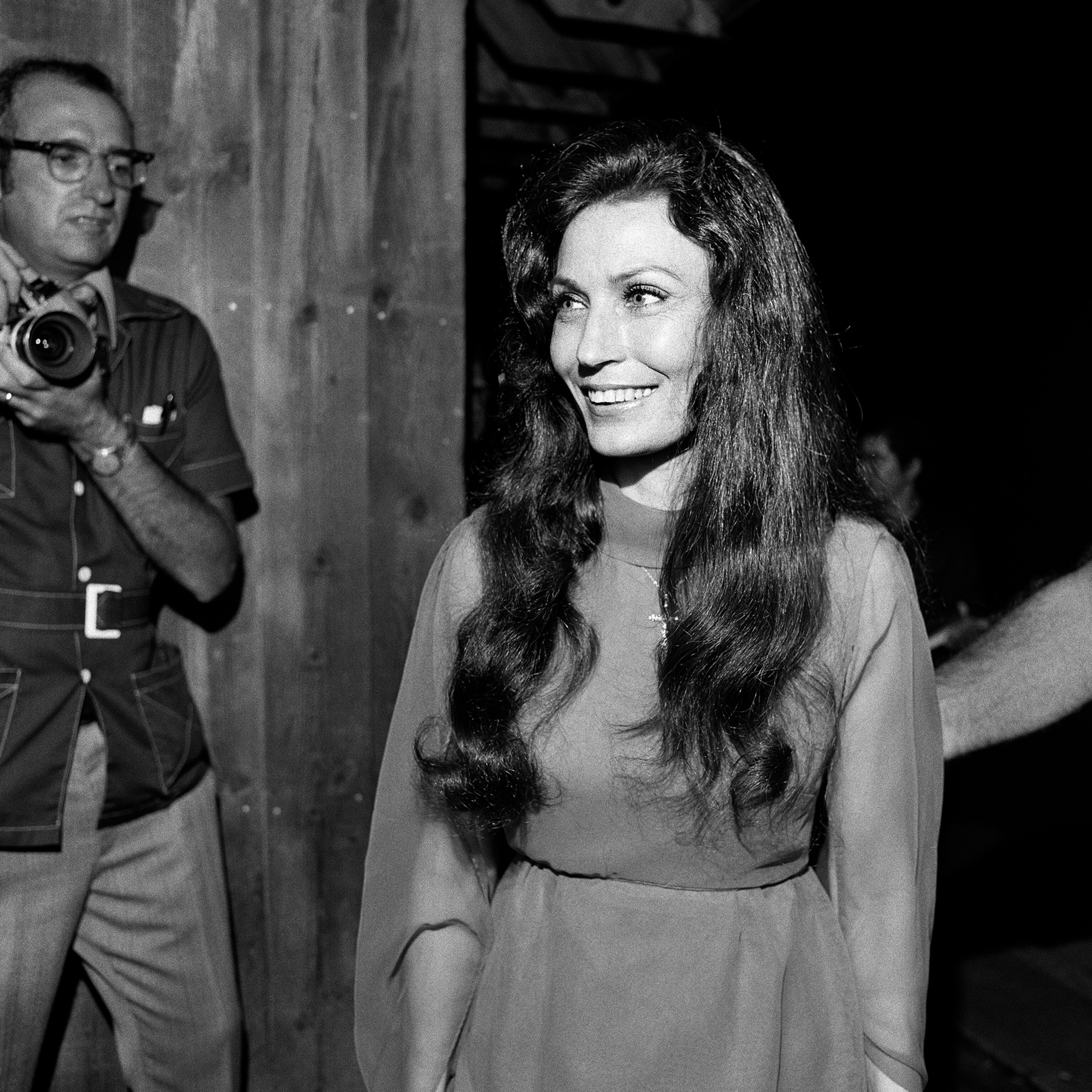
Today, the “branding” of Country artists has escalated, but McCall points out its more subtle iteration in the past. “You think of Johnny Cash, or Dolly Parton and who she is, and Loretta Lynn being a coal miner’s daughter.” They were, he says, somewhat “aware of who they were and what they were selling to the world. I think Country artists have always been aware of that and photography has always been a part of showing the world what Country is at that time.”
He points out a photo of Tex Ritter: “It’s just a beautiful, powerful shot because he looks so tired, but then you have a picture of a fan holding up an image of him looking much younger—that’s the image she has of him in her mind. So here’s this older star who would die within a year, but he’s still staying after shows fulfilling all these requests for autographs, and a fan who is just happy to be near him.” It’s a picture of the power of an image, even in the good old days.
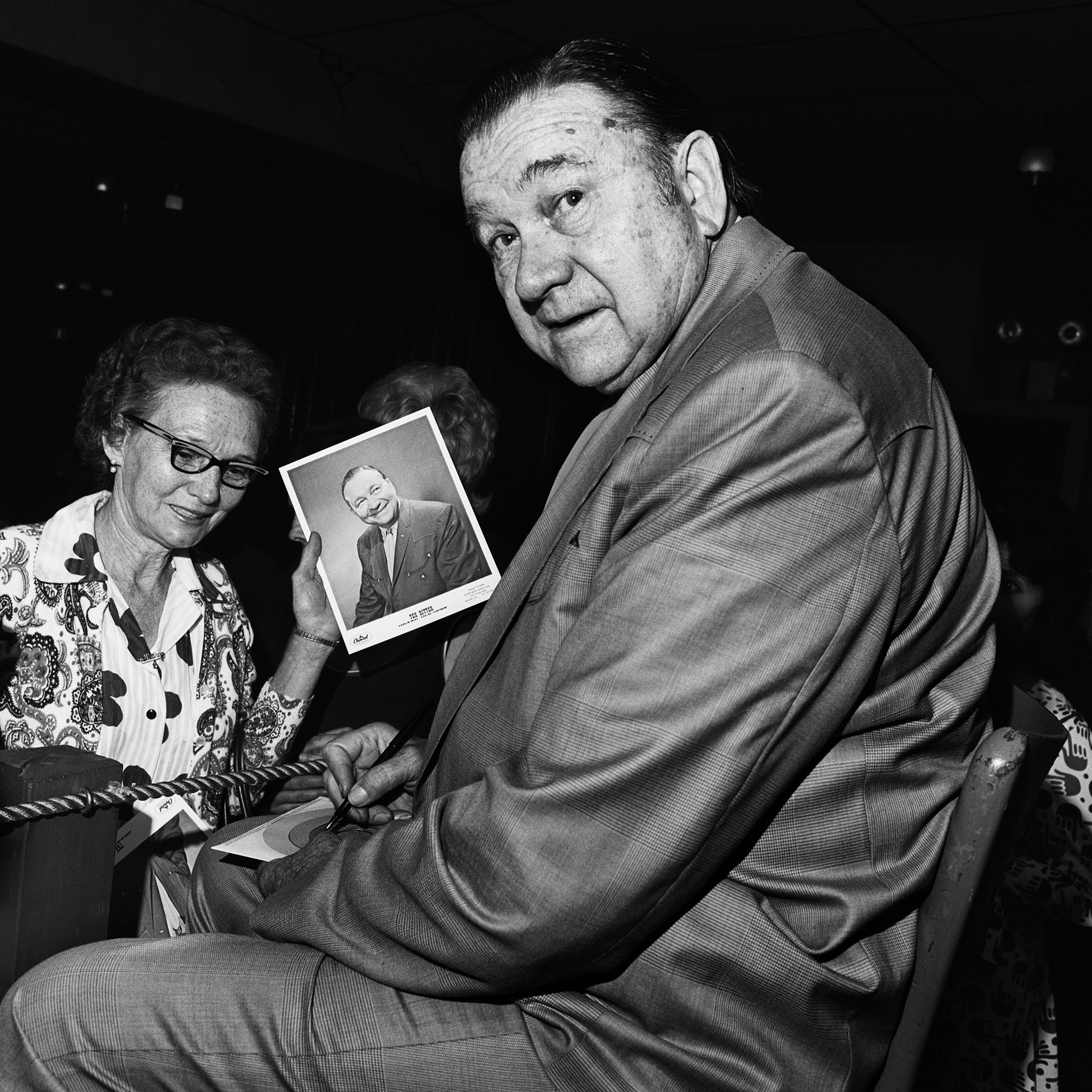
I asked McCall if there was a thread that ties this ever evolving genre together. “There’s always sort of a core value underneath it. It’s sort of the heart of America: the working class, freedom, family, dealing with religion, dealing with temptation, consequences, all those things are sort of universal in some ways, but also particular to America,” says McCall.
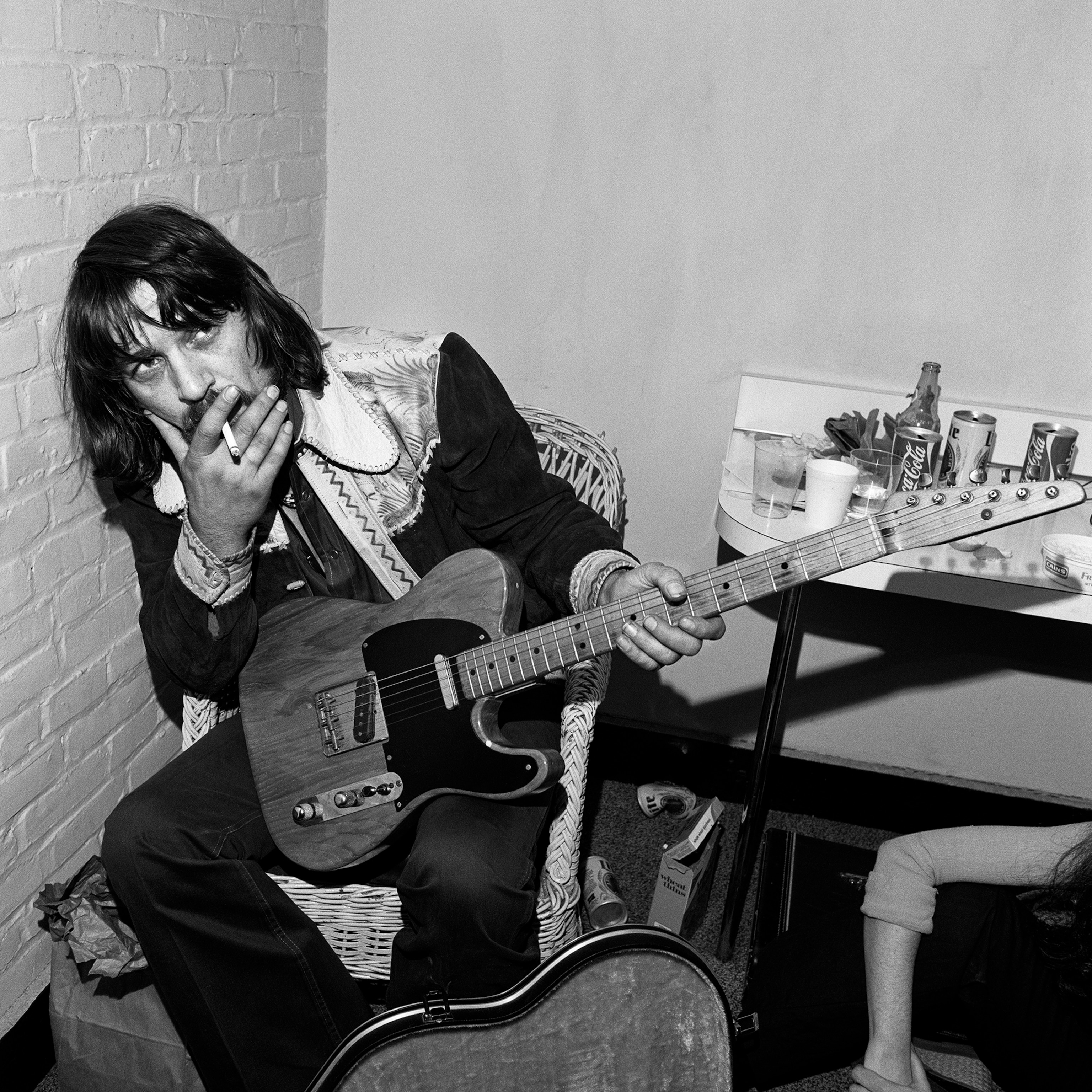
Whether or not you think that the best days of Country are long gone, whether what you would see on a visit to The Carter Family Fold is at all reflected in what wins at at today’s Country Music Awards, there is at least an undercurrent of an independent spirit and a heartfelt hook in Country. And that’s something that’s present in Horenstein’s own approach to photography.
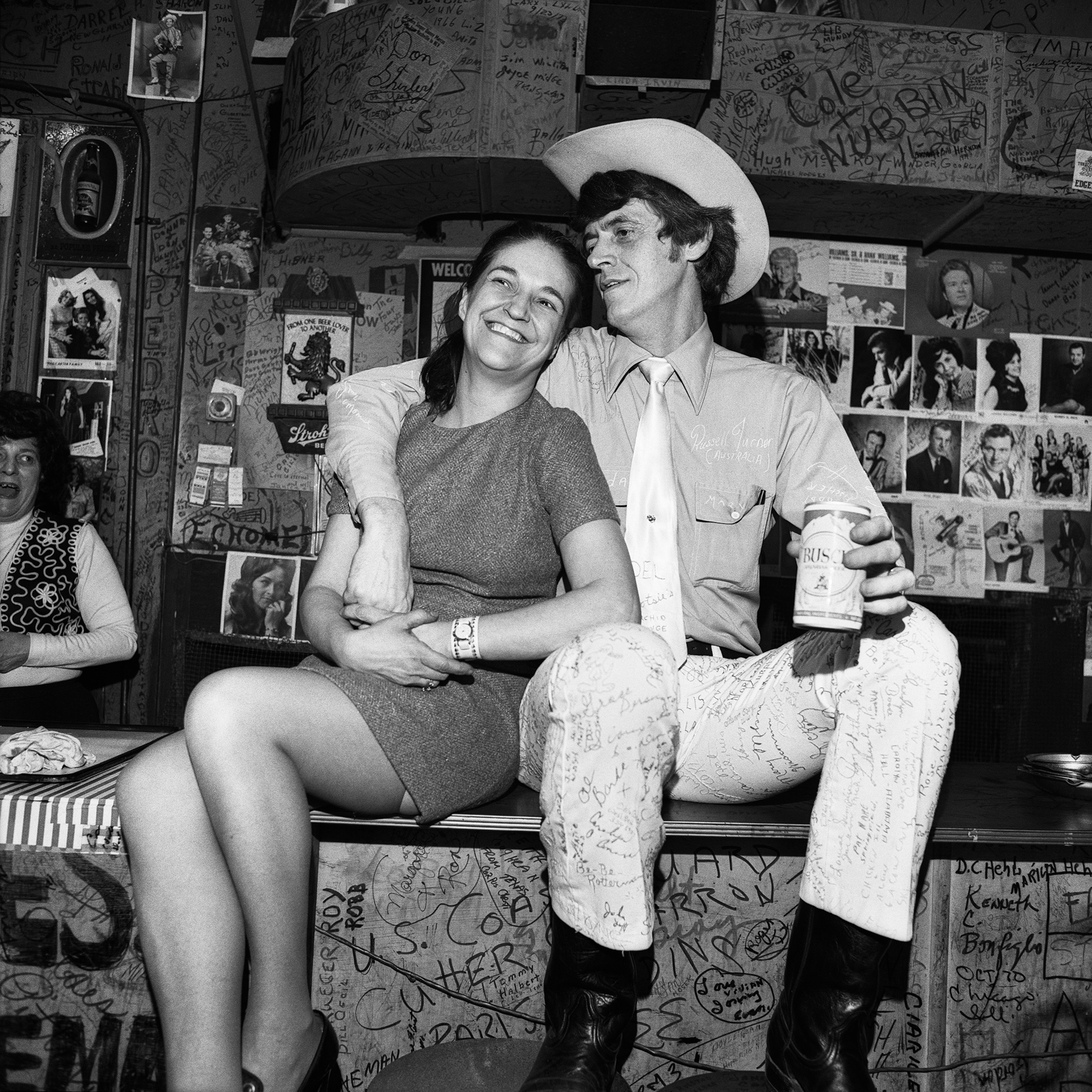
“When I was trying, as a young guy, to figure out how this was going to fit into a career or a life, I always wanted to find a way to really enjoy my life. That’s really why I gravitated to photography. I always try to do my own projects and stay true to myself and hope for the best. Sometimes it works out, sometimes it doesn’t, but it’s worked out enough that it’s been a good thing for me.”
The exhibition Country: Portraits of an American Sound features the work of ten Country music photographers. The show explores how photography has shaped and portrayed the genre from World War II to present day. The exhibition is on view at the Annenberg Space for Photography from from May 31-September 28, 2014.
Henry Horenstein is currently working on a documentary, Spoke, about the Broken Spoke Dance Hall in Austin, Texas. Funding for Spoke was provided by the Annenberg Space for Photography and is part of Country: Portraits of an American Sound. You can see more of Horenstein’s work on his website.
Michael McCall, of The Country Music Hall of Fame and Museum, is a curator of Country: Portraits of an American Sound.

